Crop Management
All Crop Management Content
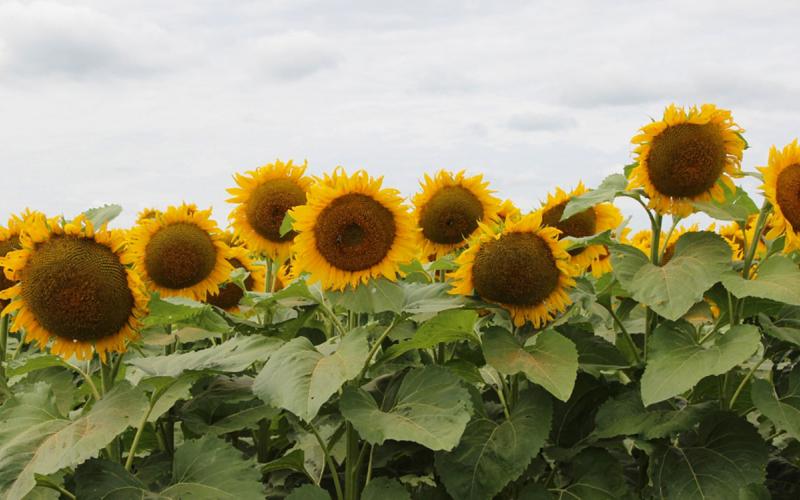
Sunflower Hybrid Variety Trial Results
In 2025, sunflower trials were planted in two locations in South Dakota.
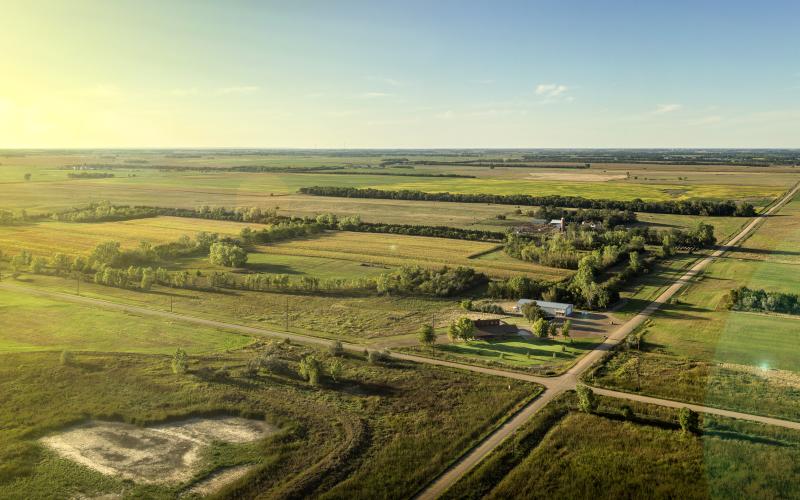
Crops
During the growing season, SDSU Extension provides weekly production recommendations.
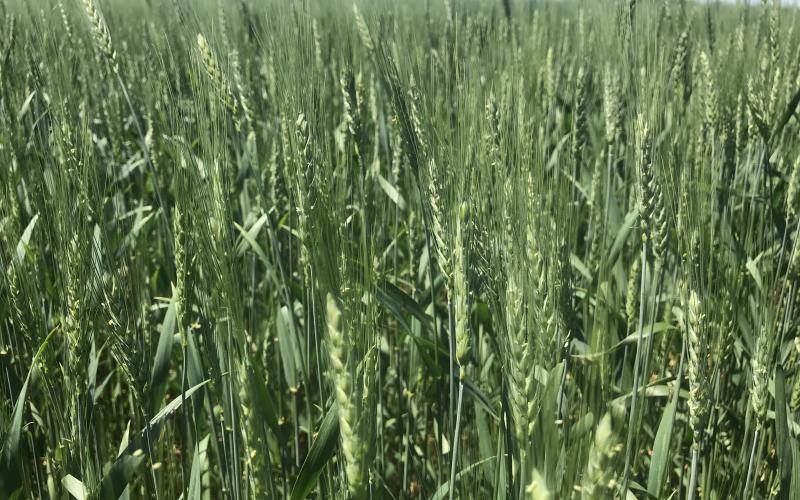
Crop Hour
SDSU Extension will deliver a series of virtual Crop Hour webinars January 7 to February 27, 2025, every Tuesday, Wednesday and Thursday from 10:00 a.m.-11:00 a.m. CST.
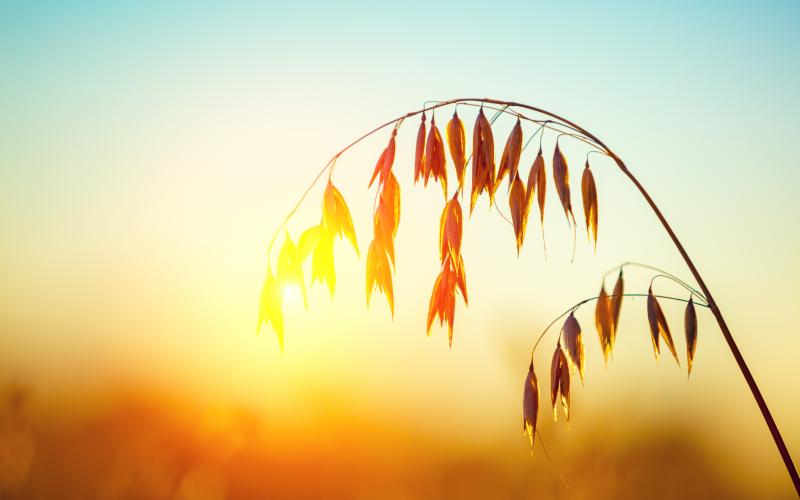
Oat Variety Trial Results
In 2025, oat variety trials were planted throughout various locations in South Dakota.
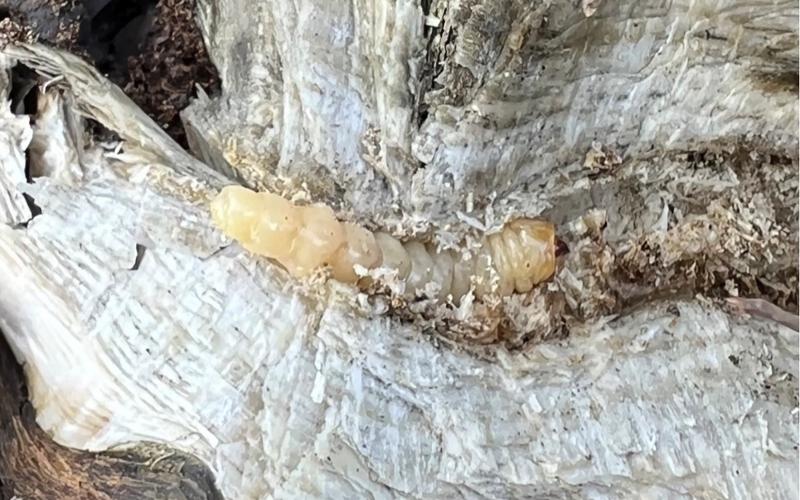
Dectes Stem Borer in South Dakota Sunflowers
Factsheet covering Dectes stem borer in sunflowers.

Noxious and Pasture Weed Plot Data Report
Data books to use as a reference to select appropriate herbicide(s) for noxious and pasture weed
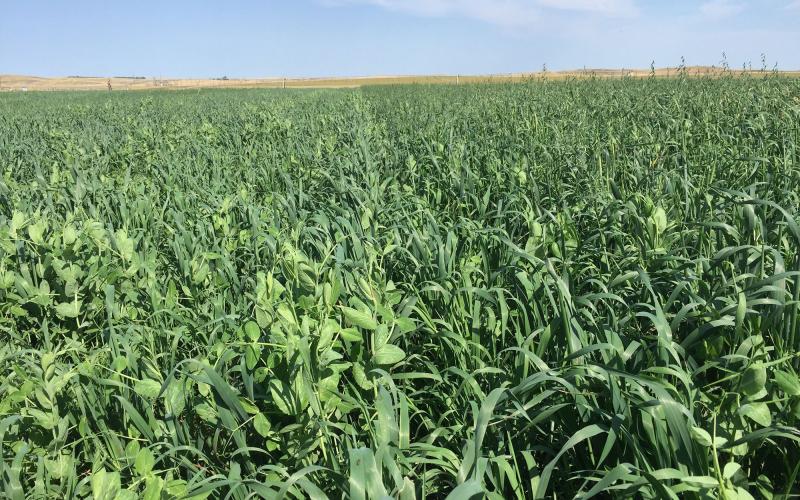
Chickpea Variety Trial Results
2025 chickpea trial results data from locations in South Dakota.
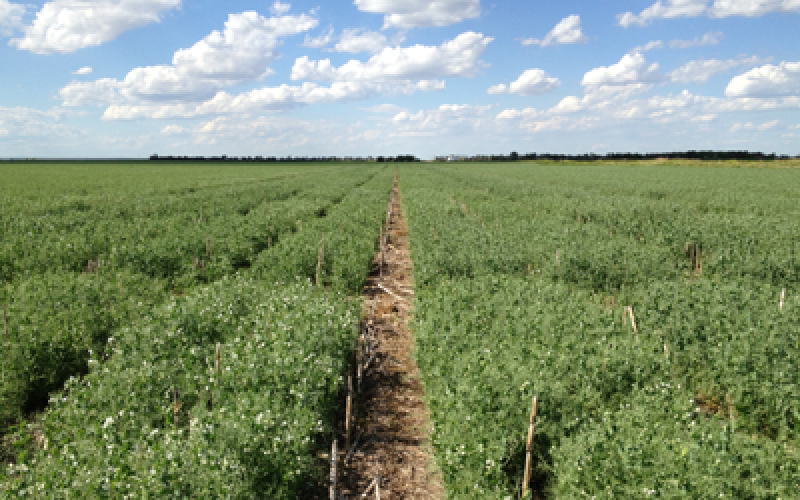
Field Pea Variety Trial Results
2025 field pea trial results data from different locations in South Dakota.
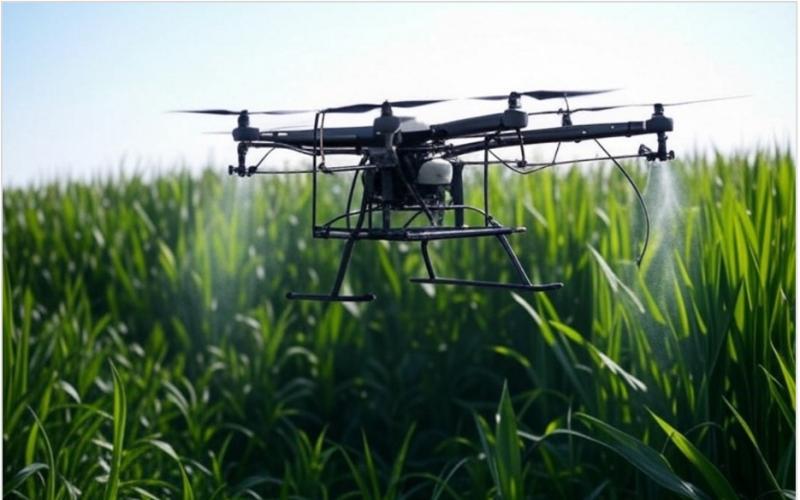
Required Licensing For Applying Pesticide Using Spray Drones
Fact sheet for South Dakota stakeholders wanting to get certified to apply pesticides with a spray drone.
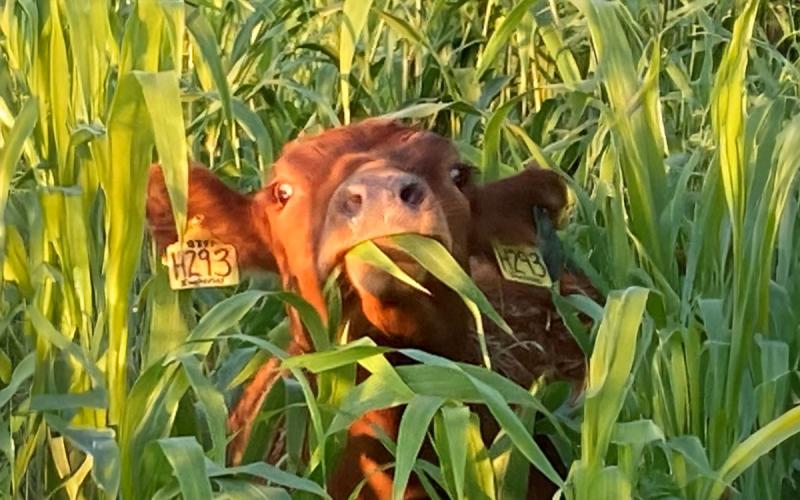
SDSU Extension welcomes new crop and livestock field specialist
September 12, 2025
South Dakota State University Extension is pleased to welcome Parker Witt as a new Crop and Livestock Field Specialist.